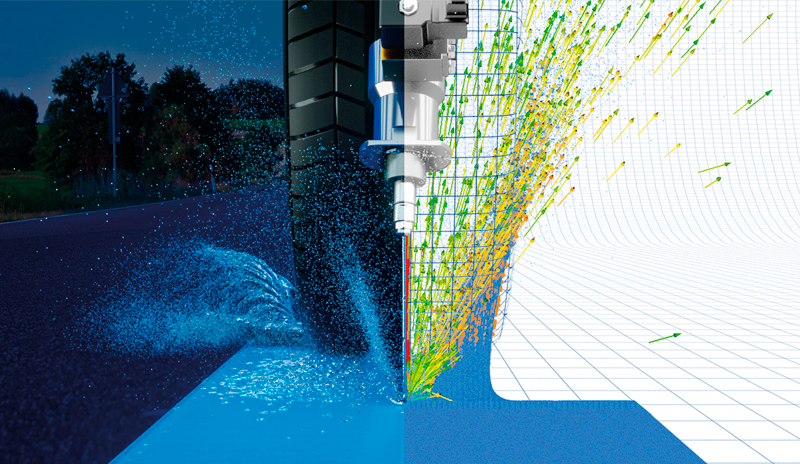The article describes a study on the behaviour of a vertical-axis washing machine's hydraulic balancer, which is a critical component that helps to balance the load during the spinning phase of the washing cycle. The balancer is a hollow plastic ring filled with salt water and rotating with the basket, and it helps to position the fluid volume to the side opposite the imbalance.
The study was conducted by SPM, a company that specializes in dynamic analysis, to confirm a hypothesis that the flexibility of the tub was causing the imbalance and to validate a proposed modification to stiffen the structure. The company used a particle-based CFD methodology and a multibody solver to simulate the behaviour of the hydraulic balancer and the oscillating group.
The simulation showed that the water displaces correctly and compensates for about half of the unbalanced mass, but the structure actually needs to be stiffened. The results also showed that the displacements increase with velocity, which is not expected.
The study concluded that the simulation was successful in studying the behaviour of the hydraulic balancer and that it is a suitable approach for studying complex components like this one. The company is satisfied with the results and believes that this approach will be useful for future studies.
Read the articleCASE STUDY
The adoption of SBES has significantly increased in the last two decades, driven by advancements in computing technology and the rise of Industry 4.0, which promotes nine key enabling technologies, including engineering simulation and big data analytics. SBES is crucial for the integration and automation of production systems, improving flexibility, speed, and quality.
automotive construction energy cfd metal-process-simulation

CASE STUDY
In this paper, we discuss the digital modelling and simulation of the EASYRAIN Aquaplaning Intelligent Solution (AIS) using mesh-free moving particle simulation (MPS).
automotive particleworks